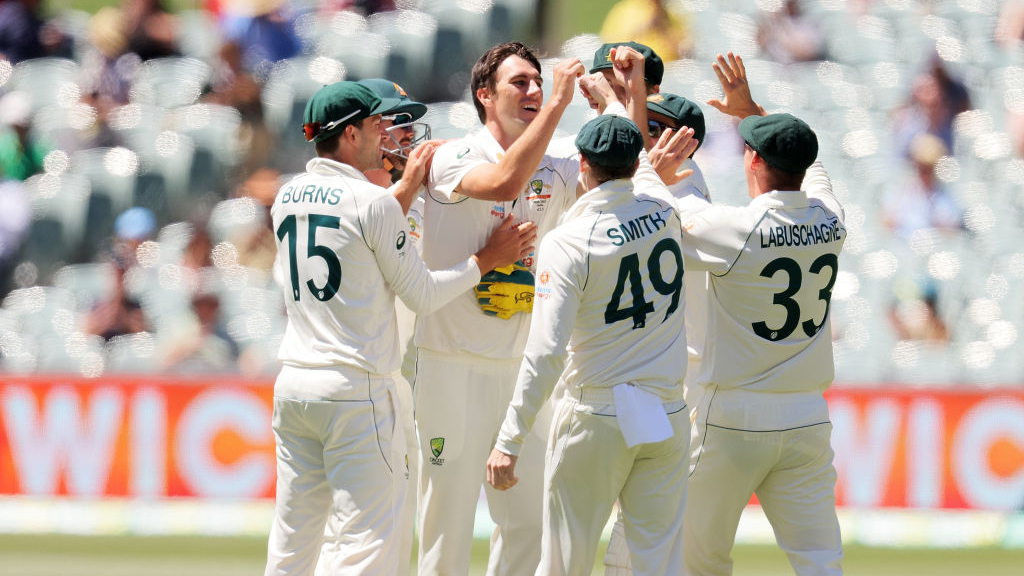Just as you are liable to be dismissed as an old fogey when you complain about the telly being excessively loud, it is quite likely that you will be officially declared a hopeless spoilsport should you grumble that India will play 38 Tests and 61 Twenty20 internationals between 2023 and 2027. There also are 42 One-Day Internationals in the mix, but presumably easy assumptions of Hoary Antiquity’s snide remarks on the inherent imbalance in the schedule have quite clearly not deterred authorities from going ahead with what they want. The International Cricket Council will, of course, not wake you up in the middle of the night and insist on telling you why it does what it does: it will simply enlarge the window for the Indian Premier League and fish for global compliments. Which is what it has done and everyone is just as happy as it itself is.
But grown-ups still fancy careers in Test cricket and the common effervescence around the Twenty20 makes you wonder if they feel all buck and ginger when everything, including, crucially, the global schedule, is geared to the needs of the fastforward game. So many titans of the conventional format have simply drifted away from the old game to seek greener pastures for considerably easier hours of action that the honest, young aspirant, rural, suburban or metropolitan, to glory cannot really be faulted for following in the footsteps of iconic presences, with the magnet named the IPL holding its doors open. Many have hit the path, made their names and money and then found an emptiness that is an inevitability.
Advertisement
Another point that India ~ long without an ICC trophy ~ might do well to ask themselves, especially in the context of coach Rahul Dravid and captain Rohit Sharma insisting on augmented bench strength ~ is if it is possible to achieve the desired results without our next generation meeting the current one in a purely domestic setting and situation. With the national contingent away playing white-ball cricket here, there and everywhere virtually round the year, how can the Ranji Trophy get tougher in terms of competition? Everything said in extolling the current bowling attack seemed hollow on the last day of the held-over Edgbaston Test, with England cruising to victory.
The batting, deemed strong as steel, tends sometimes to look brittle as matchsticks in away series. And as long as the IPL is looked upon as the jewel in Indian domestic cricket’s crown and the Ranji Trophy as a humdrum chore, India could find the going harder than they thought, for all the patriotic merry making. It is old, but to be old is not necessarily to be infirm. Should the cricket board have our senior boys at least in the knock-out phase of the actual domestic centrepiece, India could do themselves a lot of good. That implies fewer ODIs and T20Is but that may not be an idea we should recoil from.









